Pollinators, including bees, butterflies, hummingbirds, and other insects, play a crucial role in maintaining biodiversity and supporting global food production. Around 75% of the world’s food crops depend, at least in part, on pollinators. Unfortunately, pollinator populations are declining due to habitat loss, pesticide use, and climate change. Creating a pollinator-friendly garden not only supports these vital creatures but also enhances your garden’s beauty, productivity, and ecological health.
This guide outlines five practical steps to establish a pollinator-friendly garden at home, focusing on plant selection, habitat creation, sustainable practices, and long-term maintenance. By following these steps, gardeners can contribute to environmental conservation while enjoying vibrant, thriving gardens.
Step 1: Choose the Right Plants
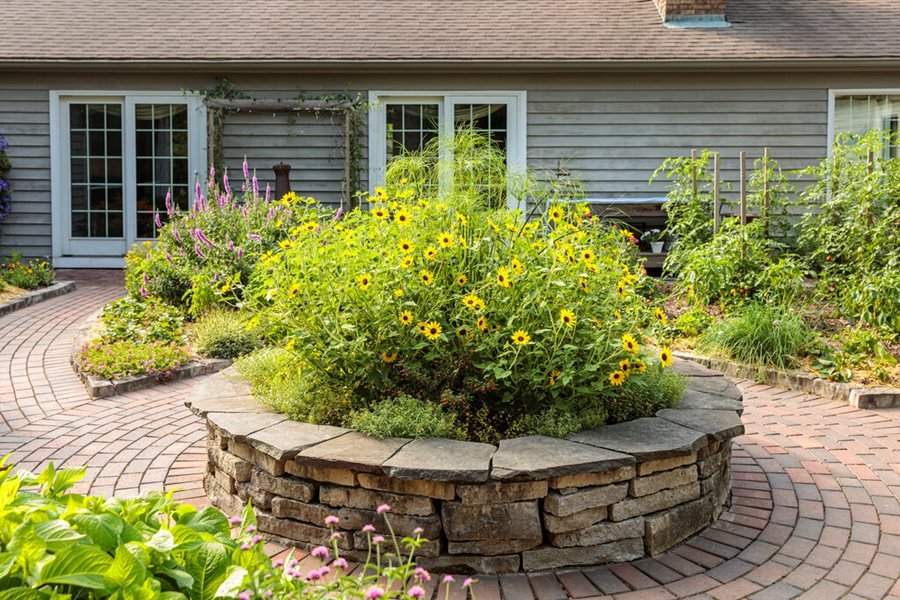
Selecting plants that attract and support pollinators is the foundation of a pollinator-friendly garden.
- Native Plants:
- Native plants are naturally adapted to local climates, soil conditions, and pollinator species.
- Examples: Milkweed (Asclepias spp.) for monarch butterflies, Black-eyed Susan (Rudbeckia hirta) for bees.
- Native plants provide optimal nectar, pollen, and habitat for local pollinators.
- Diverse Flowering Plants:
- Incorporate a variety of flowers with different shapes, colors, and blooming periods.
- Bees prefer blue, purple, and yellow flowers; butterflies are attracted to red, orange, and pink.
- Continuous bloom throughout the seasons ensures a steady food supply.
- Herbs and Vegetables:
- Pollinators are drawn to herbs like lavender, thyme, and basil.
- Flowering vegetables such as tomatoes, zucchini, and cucumbers attract bees.
- Plant in Clusters:
- Grouping the same plant species together increases visibility and attractiveness to pollinators.
Choosing a mix of native, flowering, and edible plants ensures year-round forage for pollinators while enhancing garden aesthetics.
Step 2: Provide Food Sources
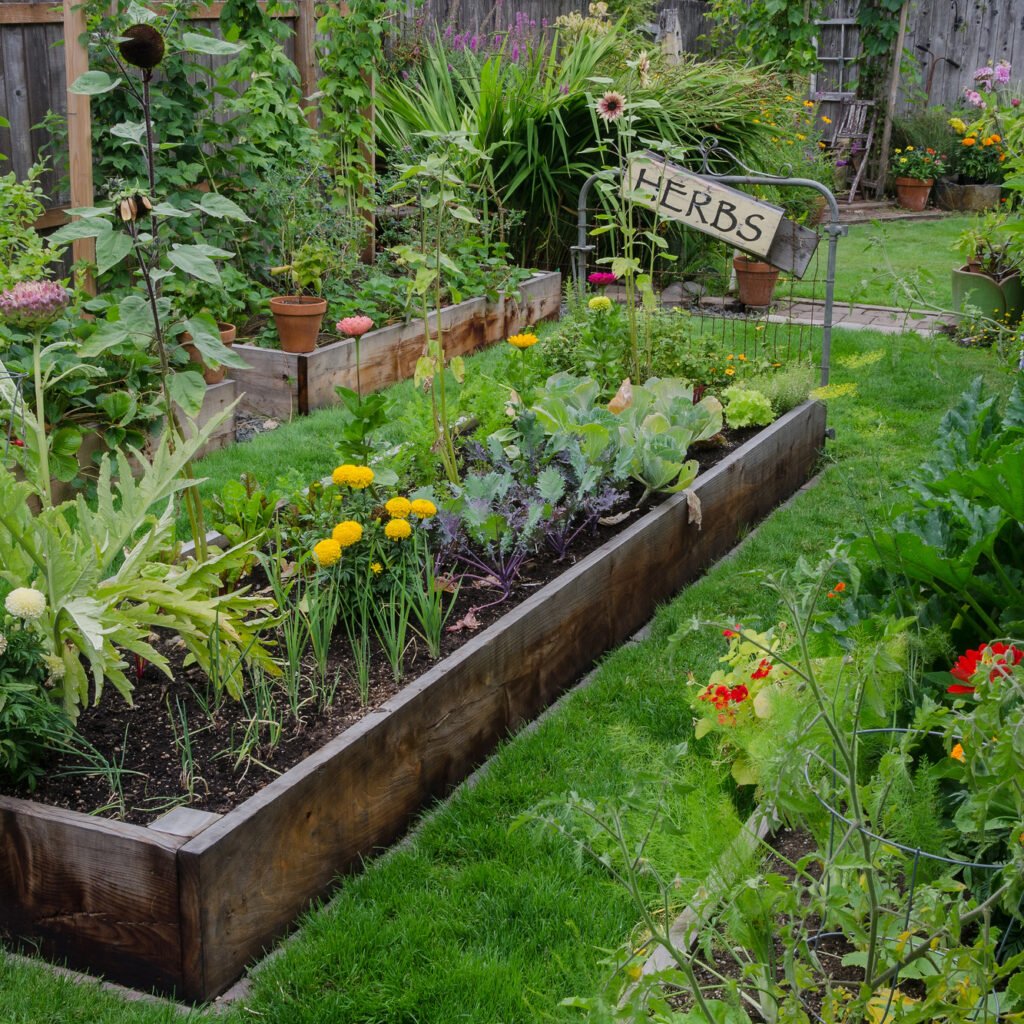
Pollinators need nectar and pollen to survive. Providing diverse food sources throughout the year supports their health and encourages frequent visits.
- Nectar-Rich Flowers:
- Plant flowers that produce abundant nectar for bees, butterflies, and hummingbirds.
- Examples: Coneflowers, bee balm, salvia, and lantana.
- Pollen-Rich Flowers:
- Bees require pollen for protein and colony growth.
- Examples: Sunflowers, goldenrod, and clover.
- Succession Planting:
- Plan plants so that different species bloom at different times, providing continuous food from early spring to late fall.
- Examples: Early bloomers like crocus, mid-season blooms like zinnias, and late-season asters.
- Edible Flowers:
- Incorporate flowers that are both attractive and edible, such as nasturtiums or borage, to combine beauty with practical use.
Providing a variety of food sources helps sustain pollinator populations and promotes healthy, active pollination in your garden.
Step 3: Create Shelter and Habitat
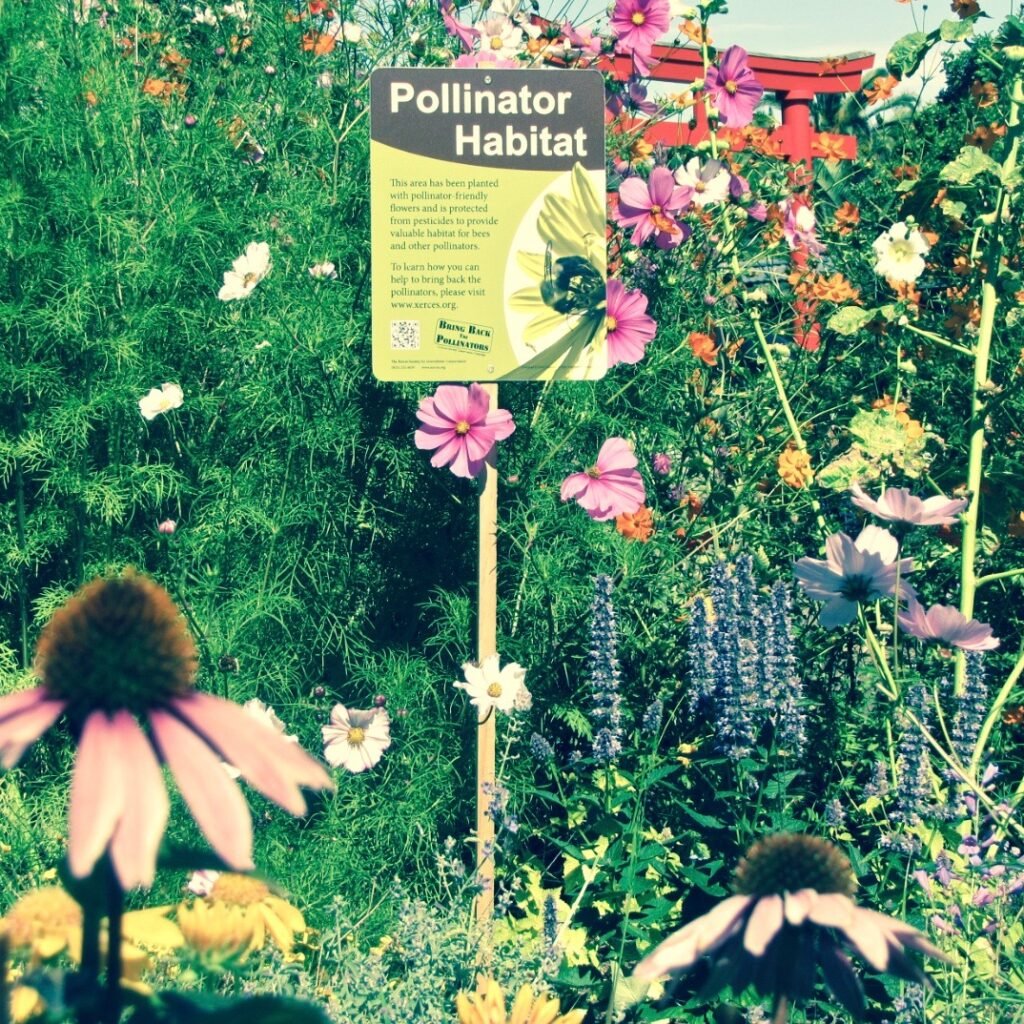
Pollinators need safe places to rest, nest, and reproduce. Creating habitats enhances garden biodiversity and protects pollinator populations.
- Bee Hotels and Nesting Sites:
- Install bee hotels for solitary bees, with hollow tubes or drilled wood blocks.
- Leave some undisturbed soil patches for ground-nesting bees.
- Butterfly Habitat:
- Provide flat rocks or sunny spots for butterflies to bask.
- Include host plants for caterpillars, such as milkweed for monarchs and parsley for swallowtails.
- Hummingbird Perches:
- Install small perches or place flowering shrubs near resting areas to support hummingbirds.
- Sheltering Plants:
- Dense shrubs, tall grasses, and flowering hedges provide cover from predators and harsh weather.
- Water Sources:
- Shallow water dishes with pebbles or birdbaths allow pollinators to drink safely without drowning.
Creating a pollinator-friendly habitat not only benefits pollinators but also promotes a balanced and vibrant garden ecosystem.
Step 4: Avoid Pesticides and Use Sustainable Practices
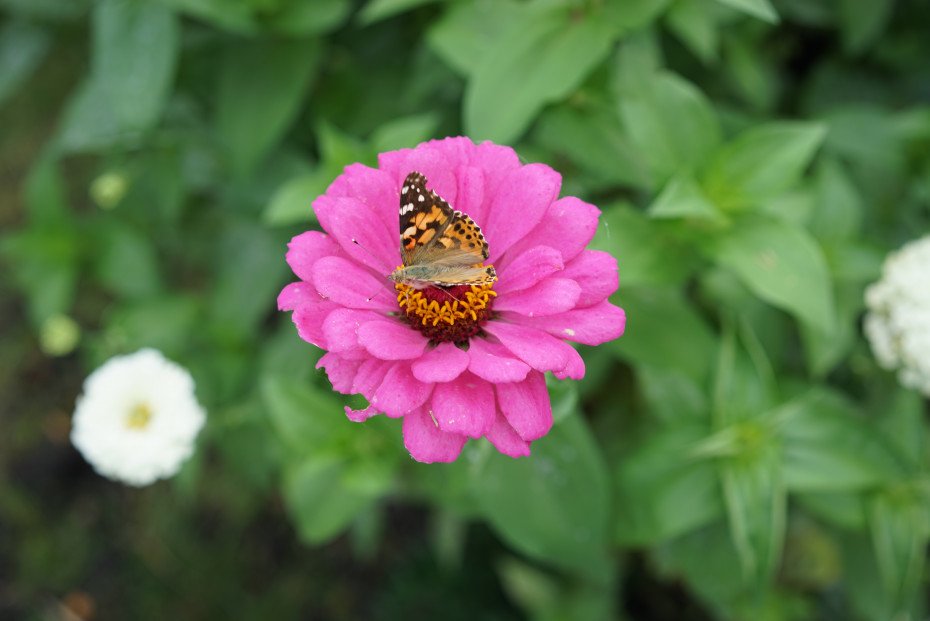
Chemical pesticides and herbicides can harm pollinators and disrupt natural garden ecosystems. Implementing sustainable gardening practices helps maintain a healthy environment.
- Avoid Harmful Chemicals:
- Refrain from using synthetic pesticides, herbicides, and fungicides.
- If control is necessary, opt for organic, pollinator-safe alternatives like neem oil or insecticidal soap.
- Encourage Natural Predators:
- Ladybugs, lacewings, and spiders help control pest populations without harming pollinators.
- Mulching and Composting:
- Organic mulch retains moisture, suppresses weeds, and improves soil health.
- Composting kitchen and garden waste enriches soil and provides nutrients for pollinator-friendly plants.
- Plant Companion Crops:
- Use companion planting to naturally deter pests while supporting pollinators.
- Examples: Plant marigolds with tomatoes to repel nematodes and attract beneficial insects.
Sustainable gardening practices ensure long-term health of both your garden and local pollinator populations.
Step 5: Maintain and Monitor Your Garden
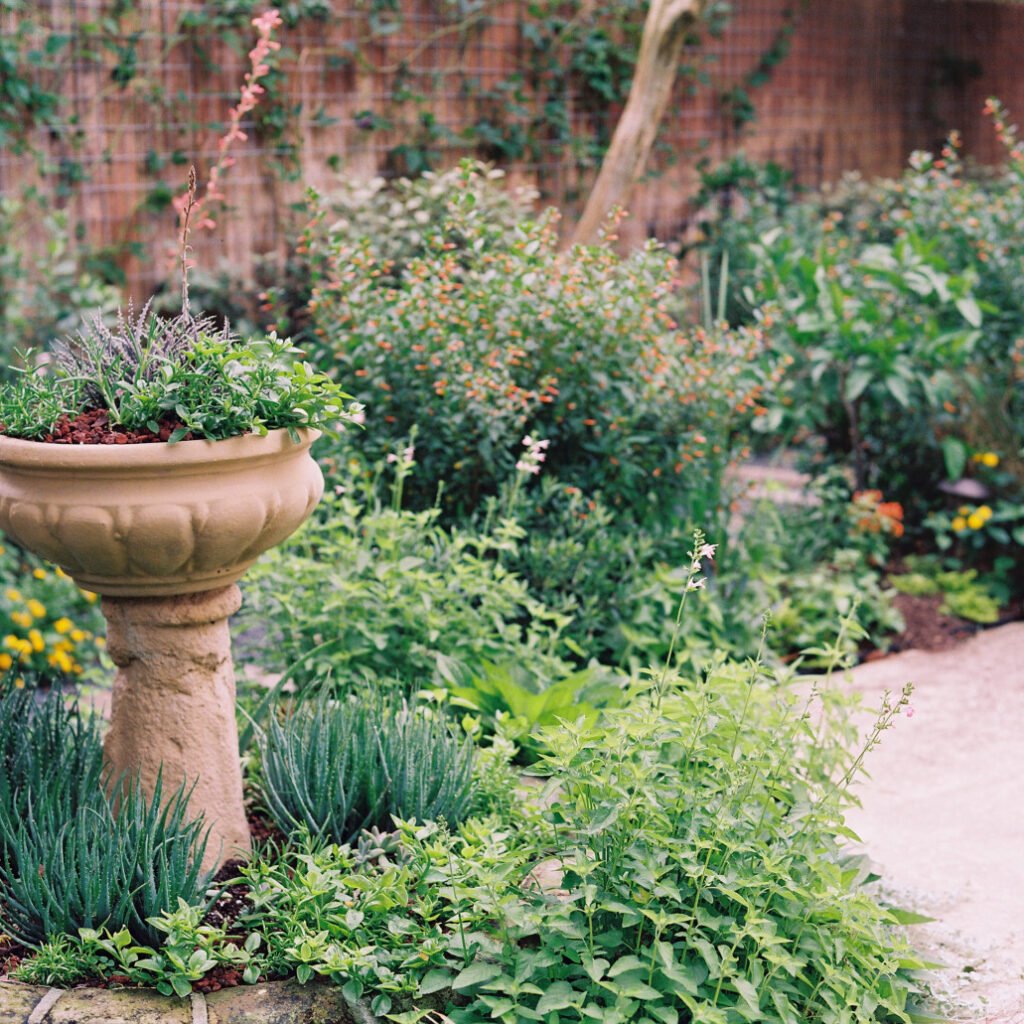
Regular maintenance and monitoring are essential to ensure a thriving pollinator-friendly garden.
- Regular Watering:
- Maintain consistent moisture in soil, especially during dry periods, to support plant health and nectar production.
- Pruning and Deadheading:
- Remove dead or faded flowers to encourage continuous blooming.
- Prune shrubs and perennials to maintain structure and allow sunlight penetration.
- Monitoring Pollinator Activity:
- Observe which species visit your garden and note their preferred plants.
- Adjust plant selection and garden layout to support diverse pollinator species.
- Seasonal Adjustments:
- Plant annuals for continuous bloom in spring and summer.
- Introduce cover crops or late bloomers in fall to extend food availability.
- Record-Keeping:
- Maintain a garden journal to track plant performance, bloom periods, and pollinator presence.
Consistent care and observation ensure your pollinator-friendly garden remains productive and ecologically balanced year after year.
Additional Tips for Enhancing Pollinator Gardens
- Diverse Plant Heights:
- Use a combination of ground covers, mid-height perennials, and tall shrubs to create layered habitats.
- Group Plantings:
- Plant flowers in clusters rather than singly to make them more visible and attractive to pollinators.
- Native Focus:
- Prioritize native species, which are better adapted to local pollinators and climate conditions.
- Seasonal Blooms:
- Include early, mid, and late bloomers to provide continuous nectar and pollen.
- Educational Engagement:
- Encourage children and community members to learn about pollinators and gardening techniques.
These strategies increase pollinator diversity, improve garden aesthetics, and make your garden a functional habitat.
Benefits of a Pollinator-Friendly Garden
- Environmental Conservation:
- Supports declining pollinator populations and contributes to local biodiversity.
- Enhanced Garden Productivity:
- Pollinators increase fruit, vegetable, and seed yields in home gardens.
- Aesthetic Appeal:
- Colorful flowers and active pollinator activity create a lively, visually appealing garden.
- Educational and Therapeutic Value:
- Gardening promotes learning, mindfulness, and relaxation while fostering environmental stewardship.
- Sustainable Food Production:
- Pollinator-friendly gardens promote organic, chemical-free food production and a healthier ecosystem.
Creating a garden that supports pollinators not only benefits wildlife but also enhances your own gardening experience.
Conclusion
Starting a pollinator-friendly garden is both simple and impactful. By following these five easy steps—choosing the right plants, providing food sources, creating shelter and habitat, avoiding harmful chemicals, and maintaining the garden—you can establish a thriving ecosystem that attracts bees, butterflies, hummingbirds, and other vital pollinators.
With proper planning and ongoing care, your pollinator-friendly garden will flourish, offering continuous blooms, enhanced biodiversity, and improved crop yields if you grow vegetables or fruits. Beyond the practical benefits, these gardens provide aesthetic beauty, educational opportunities, and personal satisfaction.
By fostering pollinators, you contribute to environmental conservation and help sustain the delicate balance of nature. Starting a pollinator-friendly garden is a rewarding step toward a greener, more sustainable future—for both humans and pollinators alike.
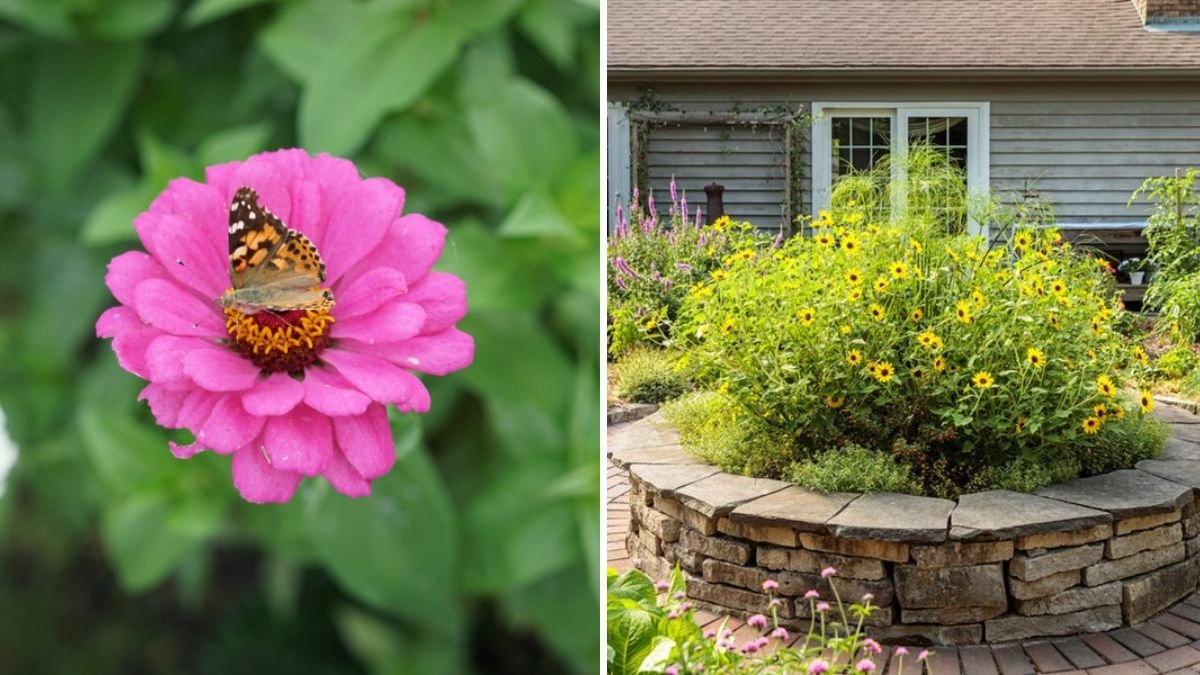
Leave A Comment